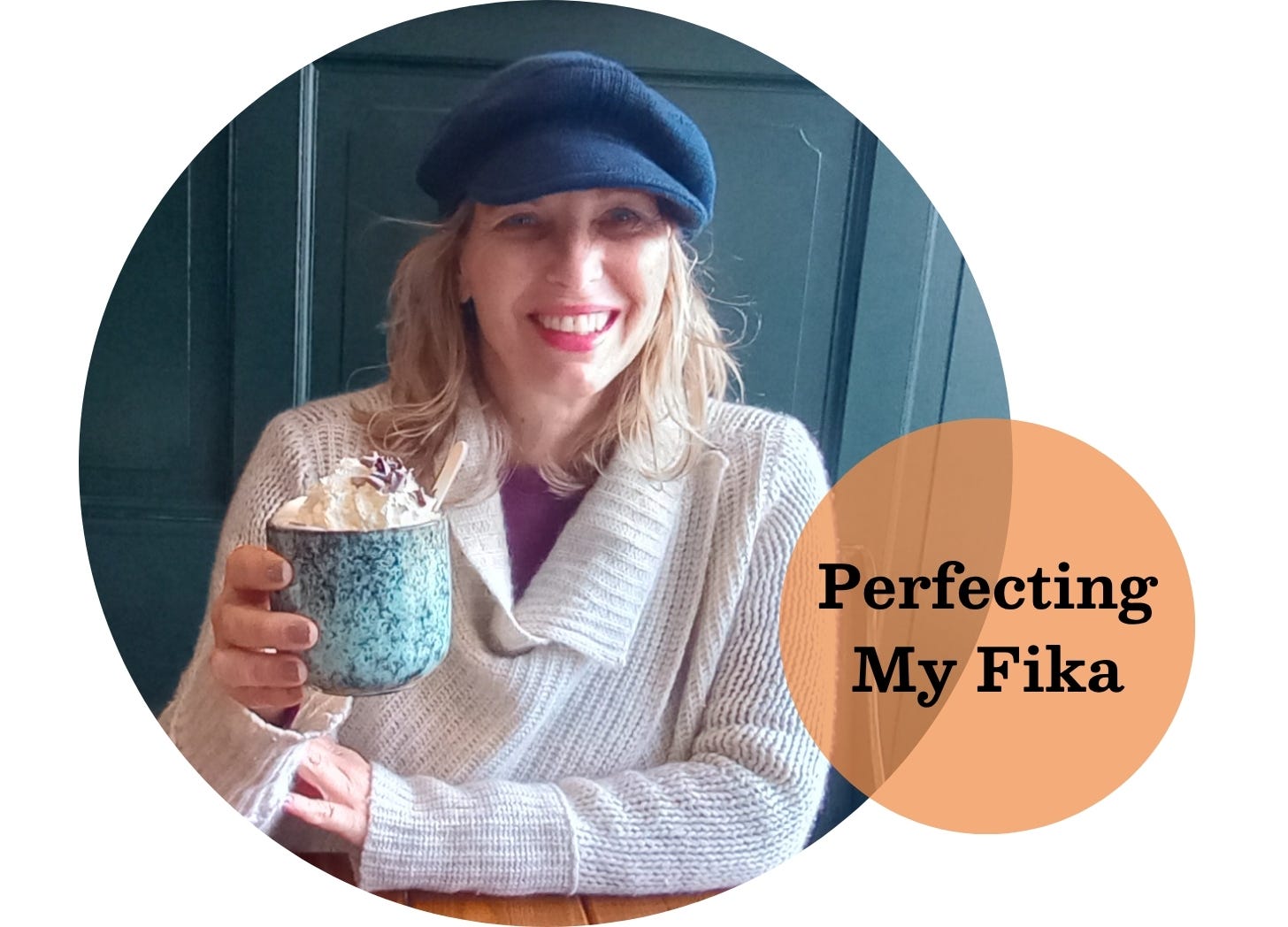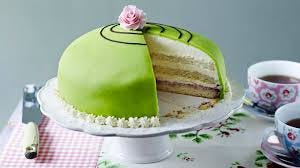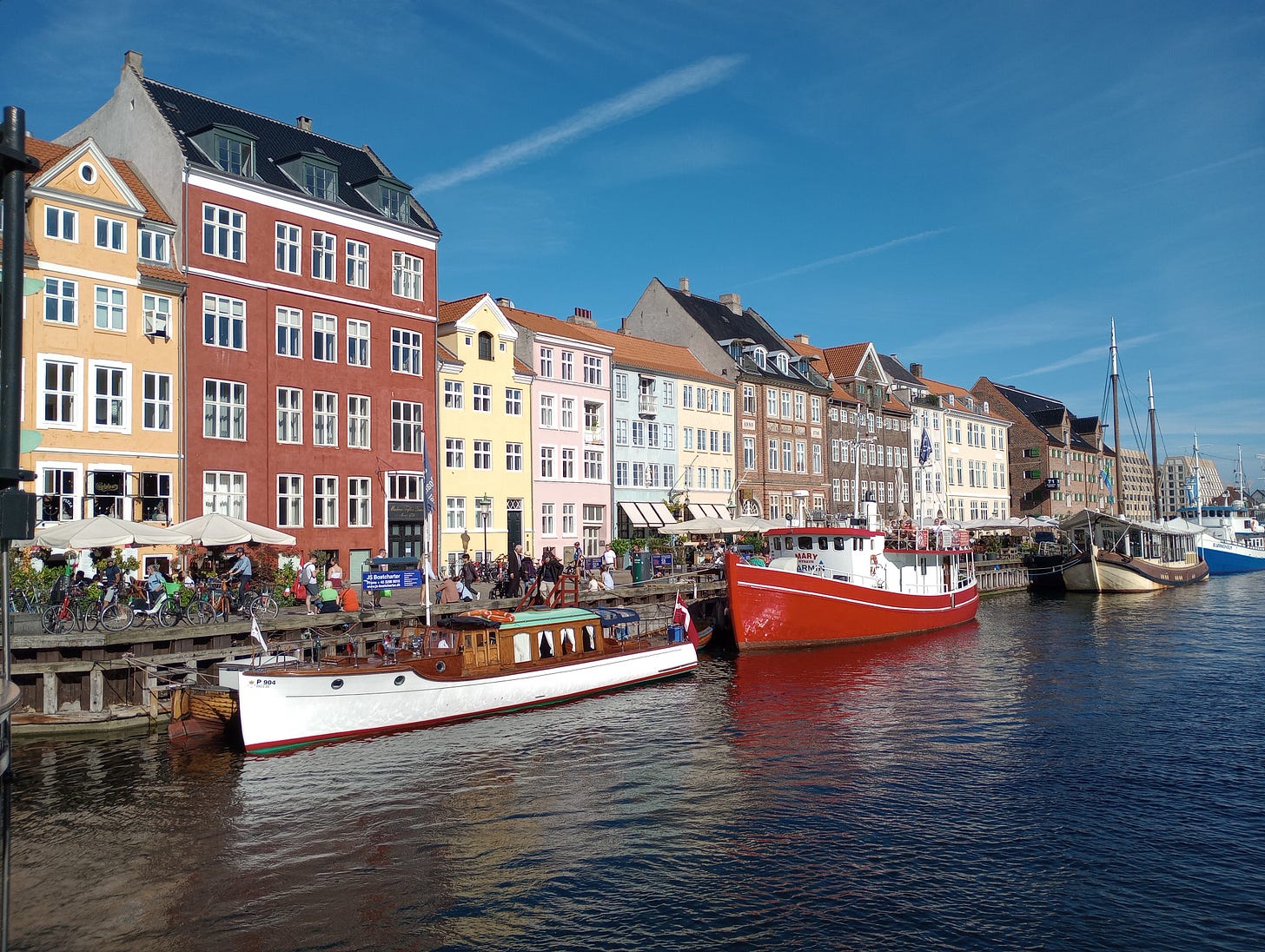We All Need to Fika
Cultural Delight
One of my favorite cultural traditions is Sweden’s fika, an afternoon break where you step away from your routine and indulge in a nibble and conversation with a friend.
What Is Fika?
In Sweden, fika is considered a social experience. It is a chance to enjoy a moment of pause during your day and connect with colleagues, friends, or family.
Fika allows us to take a break from our daily routine, encouraging us to relax and recharge. These daily pauses help alleviate our stress and boost our mood and emotional well-being.
Where Did Fika Originate?
Fika was created when coffee was introduced to Sweden during the 18th century. As the tradition evolved, baked goods were introduced (a higher evolution, obviously).
Fika can be a noun or a verb. So, one can “have a fika” and one can “fika with a friend.” The word fika is thought to be the inverse of the word 'kaffi,’ an older spelling of the word coffee in Swedish.
How Do I Fika?
While there are no hard-and-fast rules about how to fika, it usually involves a warm beverage and a sweet snack. These are some Swedish favorites:
Cinnamon bun ('kanelbulle')
Princess cake ('prinsesstårta') - Here’s a princess cake recipe if you’re comfortable in the kitchen
Chocolate ball ('chokladboll')
Sticky chocolate cake ('kladdkaka')
Swedish cookies ('sju sorters kakor')
Sometimes we can even have two fika (😋): one mid-morning and one in the afternoon. They are usually about 15 minutes, but can be as long as 30-50 minutes.
Perfecting Your Fika
Here are a few guidelines from an authority, the Visit Sweden website:
Don’t rush. Fika is about slowing down and taking a genuine break.
Choose your setting. It can happen at work, at home, or in a café. It can be indoors or out in nature.
Bring a treat. If you're invited to someone's home, it’s customary to bring cake or pastries.
Be present. Put your phone away and enjoy the company and the moment.
Why Fika
I was curious whether there’s any science behind the benefits of fika. Turns out the NIH (National Institute of Health) did a study on fika and concluded that fika may:
Increase learning and retention: After fika, study participants felt less sleepy and more focused upon returning to work. (I mean, it is essentially a coffee break. I’m not sure I need to be a scientist to realize drinking a cup of coffee during the day will make me less sleepy.)
Build social connection: Fika helps strengthen a sense of community and fosters social interactions, which contributes to overall well-being. It can also encourage more open communication, collaboration, and mentorship opportunities. (OK, cool).
Fika Fun
Since I discovered fika on a recent trip to Scandinavia, I thought I’d include a few fun photos from that trip. 🦋
What do you think about the fika ritual? Do you think a daily fika would help refresh you during the day? Do you know any other rituals that promote well-being?
⭐ More Cultural Delights
Christened “Wander Woman” by National Geographic, Erin Michelson is a professional speaker and author of the Nomad Life™ series of travel books and guides, including the #1-ranked “Explore the World with Nomads.”







I never heard of the term Fika but I'm so delighted to learn about it. Thanks for sharing. This is a great reminder of the importance of uplifting ourselves through community. And a great excuse for sugary treats and coffee breaks in the day. 😍
In the “old days” it was called a work break and were 15 or 20 minutes long. One between the start of work and lunch and one midway between lunch and end of work day.